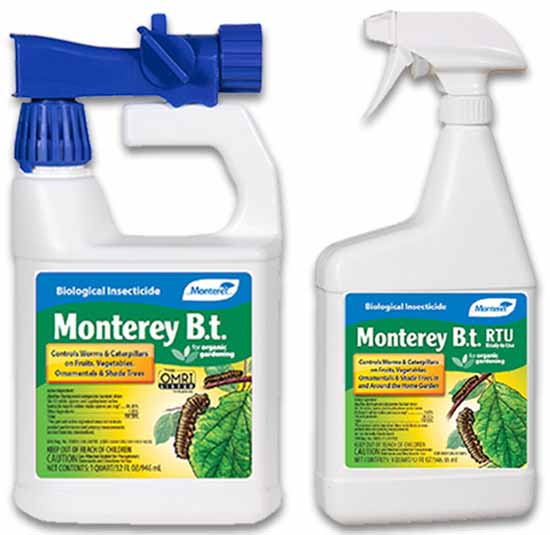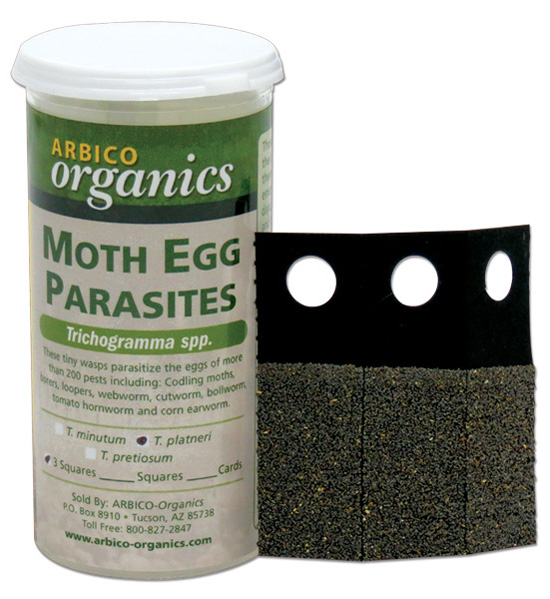[ad_1]
Pieris rapae
While butterfly collectors may rejoice that the cabbage butterfly now lives in all 50 states and southern Canada, people who grow cole crops and crucifers do not share their joy.
Also known in their adult form as small white, cabbage white, white, or even small cabbage white butterflies, these pretty pests are also often referred to erroneously as cabbage moths in the United States. Use of this common name is understandable, due to their relatively plain and unadorned appearance.
Cabbage worms, the larvae of these insects, can completely destroy a crop of cabbage or other brassicas if left to their own devices.
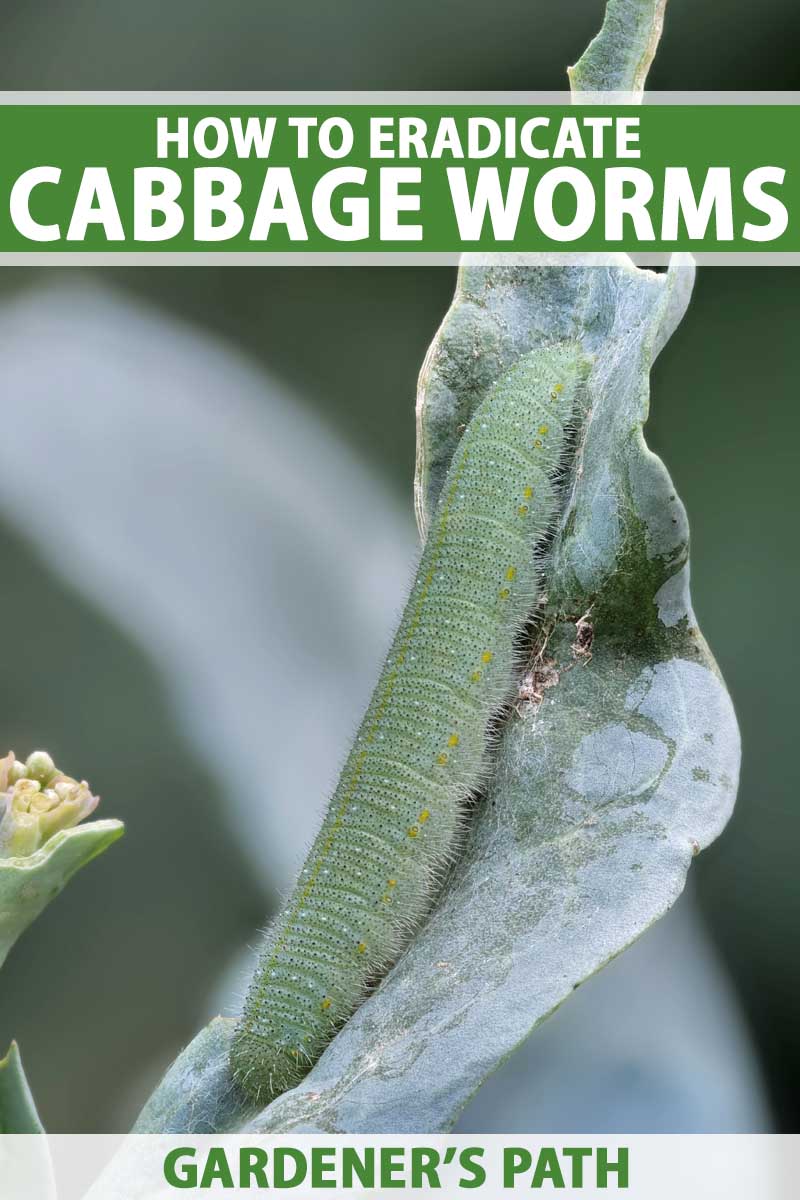

We link to vendors to help you find relevant products. If you buy from one of our links, we may earn a commission.
While a couple holes in a head are not a big deal, these caterpillars can eventually defoliate plants if they are present in large numbers, leaving only their stems and large veins in place.
However, there are steps you can to take to protect your cole crops from the cabbage worm and butterfly. Let’s explore these methods.
Identification, Biology, and Distribution
The parents of the cabbage worm are small white butterflies (Pieris rapae), one of the most common butterfly species in the northeastern United States.
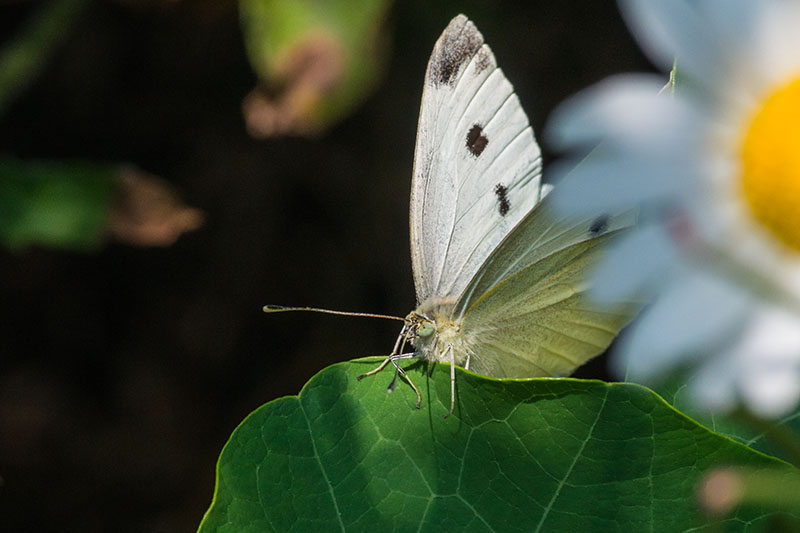

The half-inch butterflies are white with wings edged in black that also have one or two black spots on them.
While the butterflies are very attractive, they are probably laying eggs on the undersides of the leaves of your plants!
The inch-long caterpillars, often referred to in the US as imported cabbage worms, are velvet green in color with a few faint yellow stripes.
The caterpillars also have several yellow spots down their backs.
These voracious pests can dig into leaves and fruits of brassica plants, resulting in missing chunks and small gaps that are obvious to anyone who picks and eats the produce.
Also, their fecal matter or frass is scattered throughout the crop, a telltale sign of their presence even if you don’t see the insects.
Keep an eye out for them – they often hide on the undersides of leaves when they are not feeding.
Their range is widespread, and these insects are common today in Europe, Asia, north Africa, New Zealand, and Australia, as well as Canada and the United States.
Life Cycle
These worms overwinter as pupae. The adults emerge in the spring and mate, and then the females lay yellow football-shaped eggs on host plants.
These are typically laid singly on the undersides of leaves.
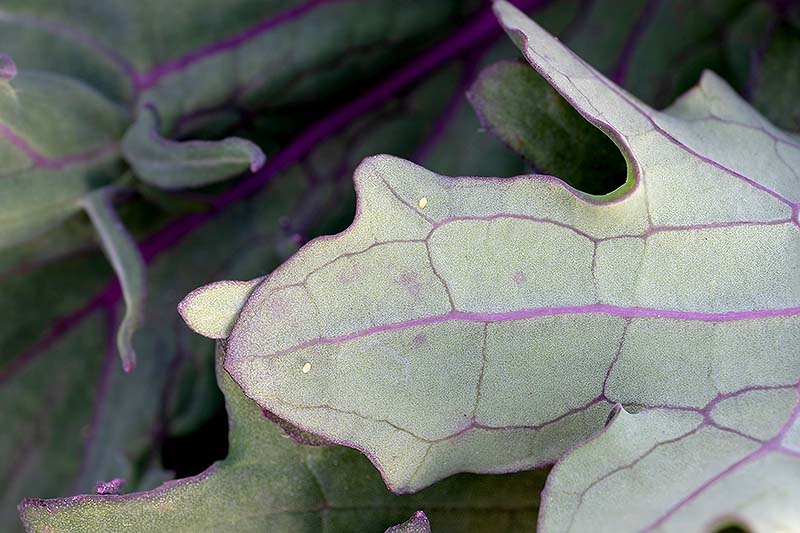

The eggs hatch within a week, and the larvae begin feeding.
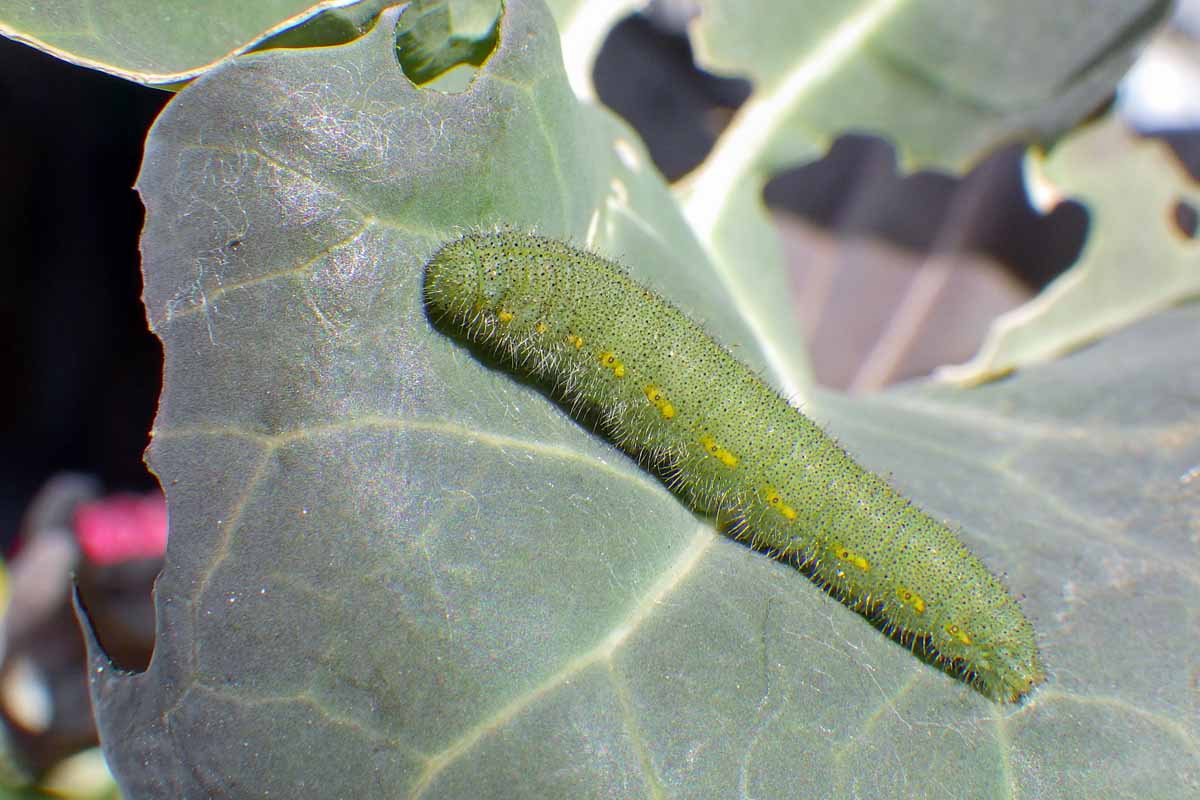

Over the next two weeks, the larvae go through several stages before using silk-like threads to attach themselves to the plant to pupate.
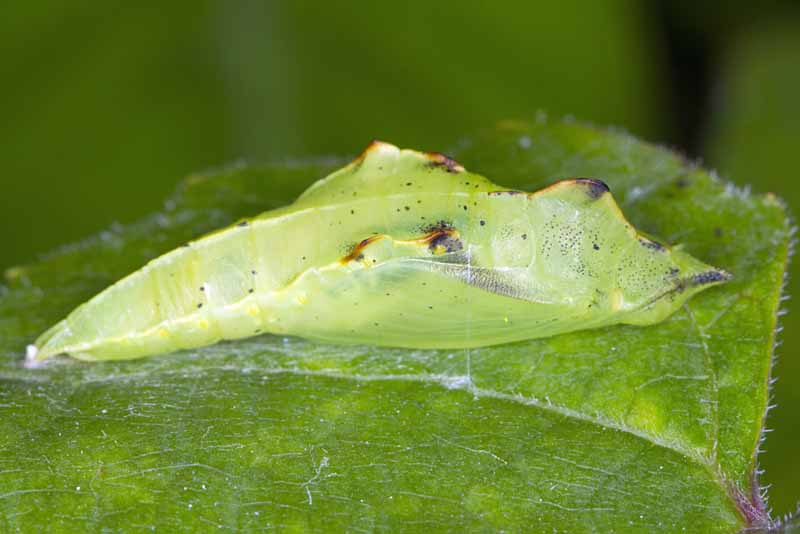

The adults emerge in a week or two to start the cycle over again.
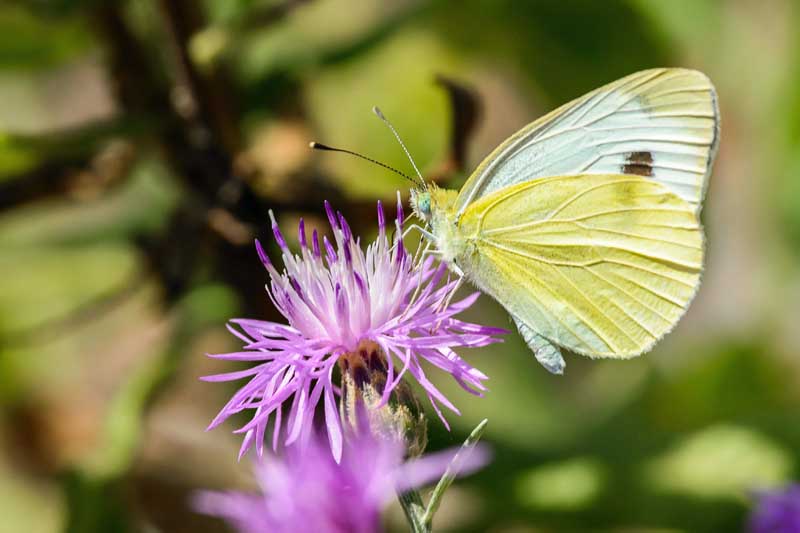

Cabbage worms often go through three generations in the Northeast per year, or more in warmer climates.
What’s at Risk?
The following species and cultivars are most at risk of being attacked by the cabbage worm:
- Bok choy
- Broccoli
- Brussels sprouts
- Cabbage
- Collard greens
- Cauliflower
- Kale
- Kohlrabi
- Mustard and other crucifers
- Radishes
- Rutabagas
- Turnips
Any plant that belongs to the Brassicaceae family can be vulnerable. Lettuce is also a target of these nuisance insects, despite being in a different family (Asteraceae), and they will sometimes feed on nasturtiums or sweet alyssum as well.
Organic Control Methods
You can use several types of organic methods to control these pests.
Bacillus Thuringiensis
A type of beneficial bacteria, Bacillus thuringiensis kurstaki (Btk), is an effective treatment that will immediately stop the caterpillars from feeding.
The caterpillars will then die of malnutrition within several days.
Monterey Btk Liquid via Arbico Organics
Treating the plants every week or two will provide sustained control throughout the season.
Read more about using various strains of Bt in the garden here.
Pyrethrins
Natural pyrethrins are another option, although you should not apply them in the heat of the day – especially if temperatures are predicted to go above 90°F.
These pesticides, which are derived from chrysanthemum flowers, can be used to control a variety of pests.
Natural Predators
Trichogramma spp. parasitic wasps can also help to control cabbage worms. You can attract them to your garden by planting pollen and nectar producing flowering plants such as sweet alyssum, zinnias, cosmos, and alliums.
The wasps lay their eggs inside the butterfly eggs, and the larvae feed when they hatch before emerging from the eggs as adults. This stops the development of unwanted pests.
Trichogramma spp. Moth Egg Parasites via Arbico Organics
Another option is to buy Trichogramma wasps and release them into your garden.
Note that specific species are indicated, depending on the types of crops that you are growing as well as the region where you are gardening.
T. brassicae is recommended to eradicate caterpillars on cole crops and other low-lying plants. T. minutum is recommended for use east of the Rockies while T. platneri is native to regions west of the Rocky Mountains.
Cultural Controls
Using floating row covers early in the season – before the butterflies have a chance to lay their eggs – is an effective means of control.
You can handpick the larvae as you find them and put them in a bucket of soapy water.
Once you have harvested your cole crops, remove any remnants of the plants and till the soil under. This will plow the pupae under the soil and kill them.
Chemical Pesticide Control
While these organic control methods should greatly minimize the damage to your brassicas from cabbage worms, chemical pesticides are another option.
Sevin is an insecticide that has been recommended to destroy these pests.
Be sure to read all package instructions carefully when applying chemical pesticides and wear appropriate protection.
Ever-Present Butterflies That Can Kill Your Crucifers
These attractive butterflies are mainstays in the spring and summer throughout the US. But don’t fall for their unassuming appearance. They are as destructive as they are modestly attractive.


Eggs laid on brassicas hatch into voracious caterpillars. Fortunately, there are many methods available to control these pests, ranging from treatments with Bt to parasitic wasps.
If you have a small garden, you can handpick the caterpillars and kill them.
Have you vanquished cabbage worms? Or did they decimate your garden? Either way, let us know in the comments section below.
And check out these articles next for more tips to grow your best crop of brassicas yet:
[ad_2]
Source link


